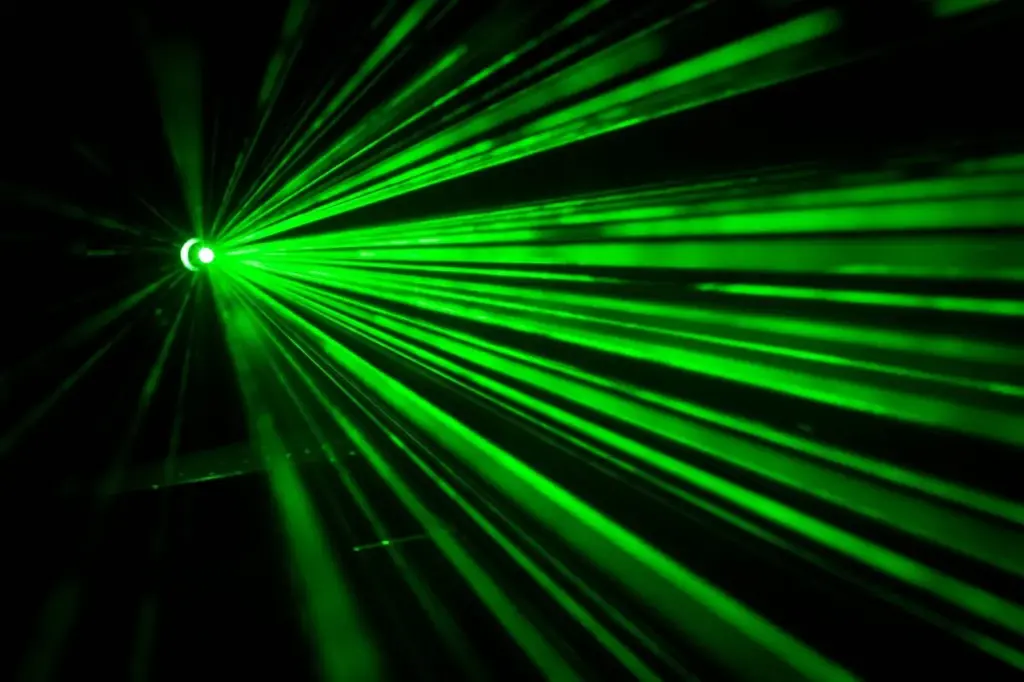When speaking about laser scanning, we mean advanced measurement technology that allows for obtaining very precise and accurate spatial models of selected buildings, various structures and the environment in a digital version. Accurate mapping of the geometry and structure of the scanned area provides very detailed information used by people working in various professions and industries. The versatility of this method makes it gain popularity and its developing potential is increasingly noticed. What is laser scanning? What are the greatest benefits of using this method in design and analytical processes?
- What is laser scanning?
- How does laser scanning facilitate the work of people in various industries?
What is laser scanning?
Terrestrial laser scanning is a technology that uses numerous laser beams that bounce off the scanned object and create a cloud of points that make up one three-dimensional image. This also allows you to get to know the spatial model of the object in a relatively short time, because the whole process is very fast and with a very high level of accuracy and precision.
During the scanning of the measurements, the device measures how long it takes to reach the surface of the object and bounce off it. In this way, information is collected that allows the creation of three-dimensional models and collection of data for further analysis. This digitisation process shortens the working time, while at the same time providing extremely precise data that can be used online – without the need to be in the location where the object is being scanned.
How does laser scanning facilitate the work of people in various industries?
The laser scanning service is an integral part of the construction industry, because when developing infrastructure projects, it is easier to assess the feasibility of a project and its impact on the environment.
In mechanical, civil and aerospace engineering, laser scanning enables the creation of simulations of the use of various structures, their effectiveness, suitability, and assessment of engineering risks.
The service in question is also very helpful in the manufacturing industry. It facilitates the optimisation of manufacturing processes, as well as quality control in prefabrication and assembly processes.
There are two other industries where this technology is useful. These are forensics in crime and accident scene reconstruction, and in the oil and gas industry in the inspection of the entire infrastructure of the industry.
The use of this innovative technology is a response to many engineering challenges faced in various industries. It is currently a solution that increases measurement precision, shortens work time and increases its efficiency.




